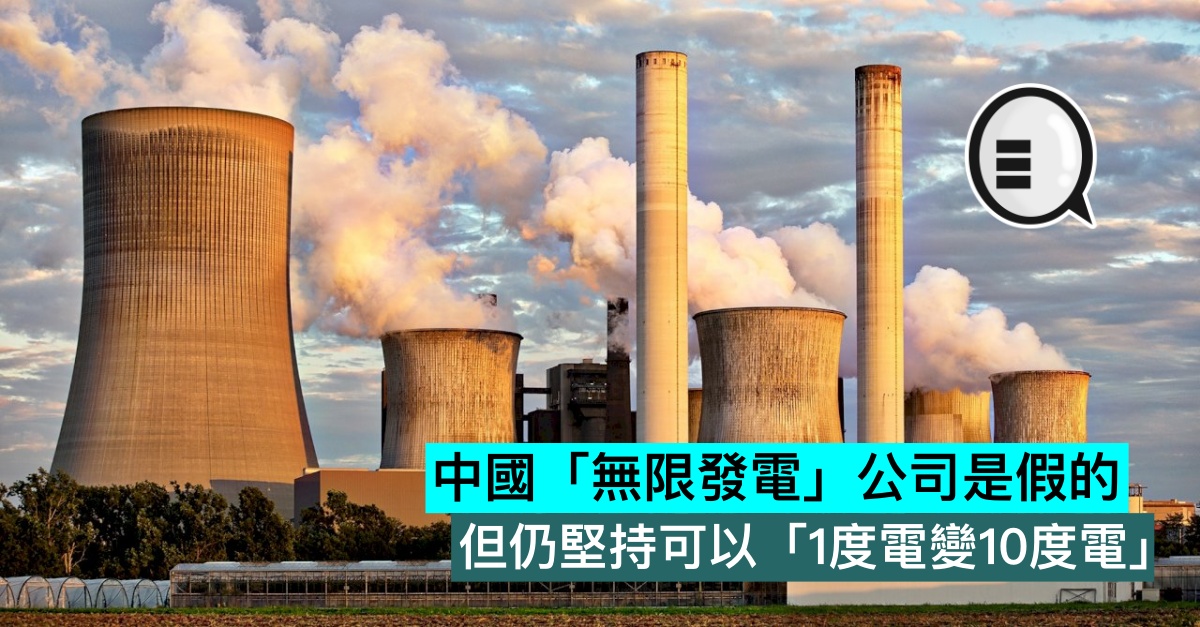On December 20, Hunga Tonga-Hunga Ha’apai—an underwater volcano in the South Pacific topped with a diminutive and uninhabited island—awoke from a seven-year slumber. The volcano spluttered and crackled, creating a large plume of ash. Ten thousand miles away, in England, Simon Proud, a satellite data researcher at the University of Oxford, began to monitor the twitching volcano using an array of satellites.
As 2021 ticked into 2022, what had appeared to be the beginnings of an almighty eruption seemingly calmed down. Then, early in the morning on January 14 local Tongan time, a 12-mile-high plume of ash pierced the sky. The volcano became increasingly turbulent, and hundreds of lightning discharges shot out of the maelstrom every second, bombarding the land and ocean. And one day later, in the late afternoon of January 15, satellites captured a cataclysm in action.
Back in England, when Proud woke up that day and checked his computer, he saw a tower of ash unlike anything he, or anyone else, had ever seen. Satellites had captured images of a huge column of ash that billowed out 22 miles above the island into a shadowy, tempestuous canopy 160 miles long. Rising from the canopy’s heart was a thin, transient spike of volcanic debris reaching an altitude of 34 miles—about five times the height of a cruising passenger jet. “What the heck is this?” Proud recalls thinking. “I looked at the data, and I thought, this is so far outside anything I’ve seen before. It’s just unreal.”
Jaws dropped across the world. The explosion that produced the ash cloud, one estimated to be equivalent to 10 million tons of TNT, unleashed 25,000 times more energy than the lethal blast in the Lebanese capital Beirut in August 2020. The Tonga eruption is easily one of the largest explosions this century. And it didn’t stop there.
“Then there was the shockwave,” says Mike Cassidy, a volcanologist at the University of Oxford. It emanated from the volcanic blast at 600 mph and caused pressure spikes on the other side of the planet. “No one’s ever seen that before.” Within 20 minutes of the explosion, four-foot tsunami waves cascaded over Tongatapu, the archipelagic Kingdom of Tonga’s main island. By the time minor tsunami waves hit Japan and the western shorelines of the Americas, ash had already smothered multiple Tongan islands, killing off agriculture, polluting water supplies, disrupting electrical infrastructure, and cutting off roads and runways. The submarine communication cable connecting the archipelago to the rest of the world was damaged, severing the nation’s international phone and internet services. It likely won’t be repaired for several weeks.
Volcanologists couldn’t believe what they were witnessing. No matter which metric you picked, this was an astonishing, terrible eruption. And as suddenly as the volcanic violence dwindled, a global detective story began. What series of geologic events created such a devastating eruption? And what research needs to be done to crack the case?
The general mechanisms of volcanic eruptions are broadly known. But the catastrophic explosion on January 15 needs a more thorough examination and, ultimately, a novel explanation. When Hunga Tonga-Hunga Ha’apai erupted, Shane Cronin, a volcanologist at the University of Auckland in New Zealand, had the same reaction as everyone else, volcanologist or not: holy shit.
Note: This article have been indexed to our site. We do not claim legitimacy, ownership or copyright of any of the content above. To see the article at original source Click Here












/i/2004917554.png?f=meta)
